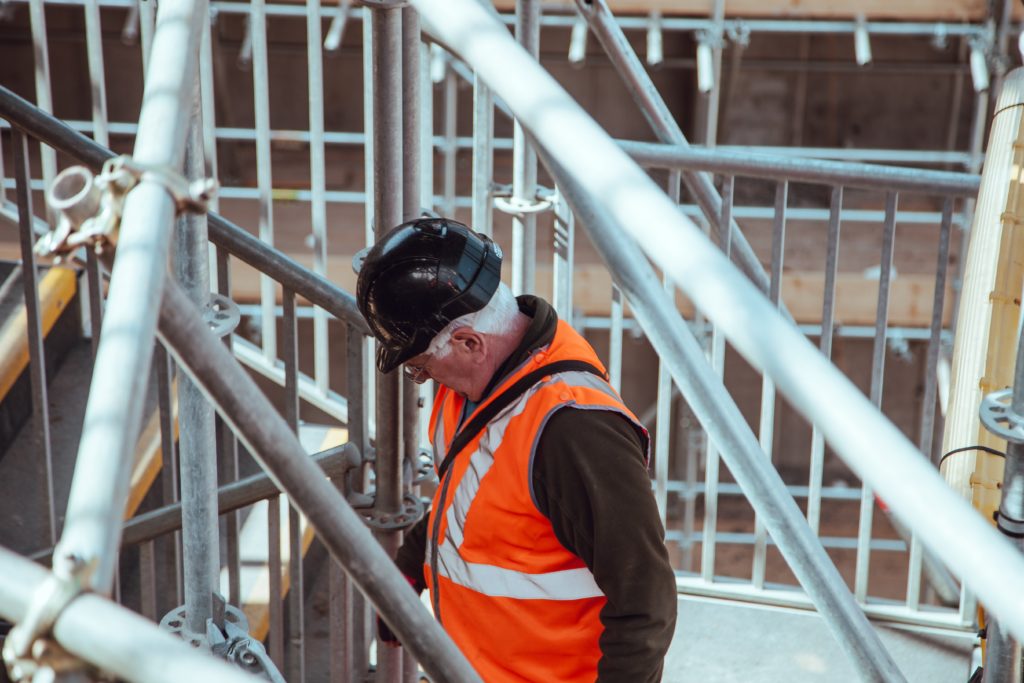The two most common isolation valves on the market today are ball valves and gate valves. Choosing between the two generally means knowing your applications to a T. For some processes, gate valves may be the better option. However, a metal seated ball valve is generally better for heavy-duty industrial applications.
Choosing Between Isolation Valves – Are Ball Valves or Gate Valves Better?

Both ball valves and gate valves are isolation valves that offer a degree of flow regulation. Ball valves utilize a hollow ball mechanism to control the flow of fluids and gas. When the bore lines up with fluid flow, then the valve is open and allows fluid and gas to flow freely. They use a quarter turn of the handle to turn the ball horizontally to block off the bore that allows fluids to flow.
By contrast, a gate valve uses a plate, disc, or wedge to interrupt or allow flow stream. In most cases, gate valves utilize a 360° handle. A common example of a gate valve would be the one you use to turn your garden hose on and off.
Ball valves are more widely used in process industries because of their versatility and durability. Also, they offer quick shut off, whereas gate valves typically require a turn of more than 360° to open or close the valve. This means that gate valves may take longer to shut off.
Both types of isolation valves offer low head loss, as the ports can be made to fit the exact dimensions of the pipe diameter. While both can effectively interrupt fluid flow, there are several differences between the two that generally make ball valves more suited to critical and severe service applications.
Main Differences Between Gate and Ball Isolation Valves
| Ball Valves | Gate Valves | |
| Shut off | Fast shut off | Slow shut off |
| Longevity | Long-lasting and less prone to damage | Prone to corrosion at valve stem |
| Cost | More expensive than gate valves of similar specs | Usually less expensive with similar specs |
| Number of ports | 2+ ports | Limited to 2 ports |
| Seal/Leakage | Tight seal, leakage class IV for metal seated ball valve | More prone to leaks compared to ball valves |
| Space needed | More space needed for installation for quarter turn handle | Less space needed for 360° shut off handle |
It’s also important to note that gate valves can also be vulnerable to corrosion. Specifically the stems in these isolation valves, which connect the gate to the handle, may be vulnerable to corrosion and eventual failure, especially in severe service applications. Therefore, ball valves may be the better choice if this is a safety or production issue for your process.
Choose a Metal Seated Ball Valve for Heavy-Duty Processes
After choosing a ball valve, you also need to consider which type of seat is best for your process. A soft seated valve uses thermoplastic material for the seat. These materials may be susceptible to degradation if your process involves high pressure, high temperature, corrosives, or abrasives. A metal seated ball valve, on the other hand, offers a durable, long-lasting solution for your isolation needs.
At Copeland Valve & Coating Technologies, we’re a Valsource International company with decades of experience manufacturing ball valves. Our team designs and manufactures valves for severe service applications. We proudly make all our valves right here in the U.S.A. to provide excellent quality control so you can feel confident in a tight, no leak seal. We also provide advanced, proprietary carbide coating in Houston to strengthen valves and lengthen their service life. Call us today at (713) 926-7481 for more information and to request a quote!

